Originating from the need for green agriculture
The organic rice model in Ban Xeo, Lao Cai province was born at the right time when Vietnam is promoting production to reduce greenhouse gas emissions and has become a pioneer. The use of no chemical fertilizers, no herbicides, no toxic pesticides, and a closed organic farming process has helped restore the field ecosystem and reduce methane emissions, a greenhouse gas that accounts for a large proportion in traditional rice cultivation.

The organic rice field in Ban Xeo commune is gradually asserting its effectiveness in green agriculture in Lao Cai. Photo: Bich Hop .
According to the report, the organic rice model in Ban Xeo commune, Lao Cai province was deployed in early 2025, with 10 hectares in Chum village field, Lam Tien hamlet with 83 participating households. After 2 spring and autumn crops, the model has achieved high efficiency. Spring rice yield reached 3.2-3.5 quintals/sao (360 m²), summer-autumn rice yield reached 2.5-3 quintals/sao. The purchase price is stable at 14,000 VND/kg for the spring crop and 16,000 VND/kg for the autumn crop.
In particular, the model of using organic fertilizers helps improve the soil, quickly decompose straw residues, and reduce greenhouse gas emissions. The model quickly created a spillover effect, becoming an important reference point for organic agricultural production in Lao Cai.
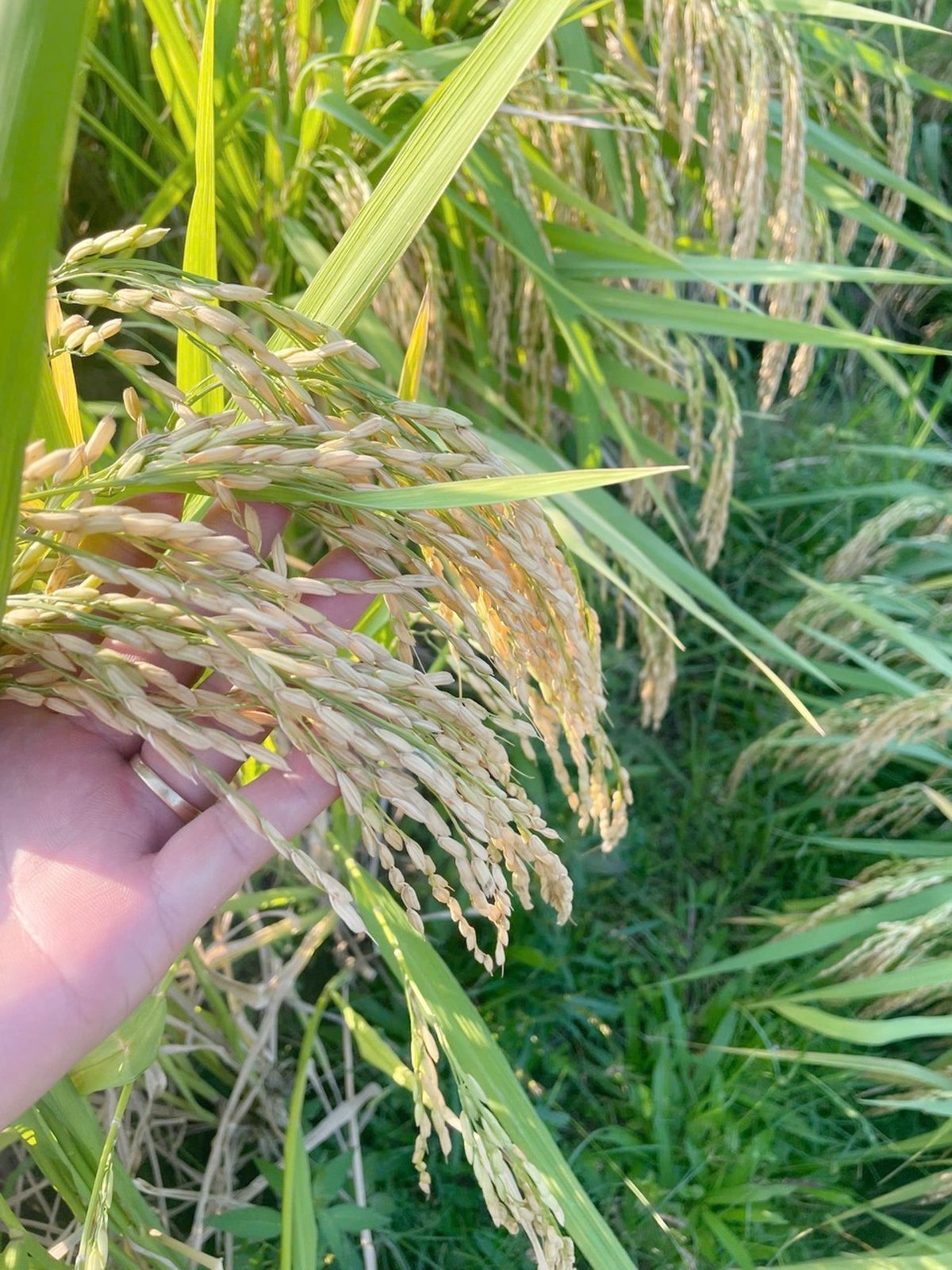
Organic farming, a new solution to the goal of reducing emissions in rice production in Lao Cai. Photo: Bich Hop.
Mr. Tran Minh Ngoc, Deputy Director of Que Lam Phuong Bac Company, the unit that cooperated to implement the organic rice model in Ban Xeo, said that the biggest advantage of organic farming is that the soil is revived. Beneficial microorganisms are continuously added from Que Lam organic fertilizer to help straw decompose quickly, reduce emissions and create natural humus.
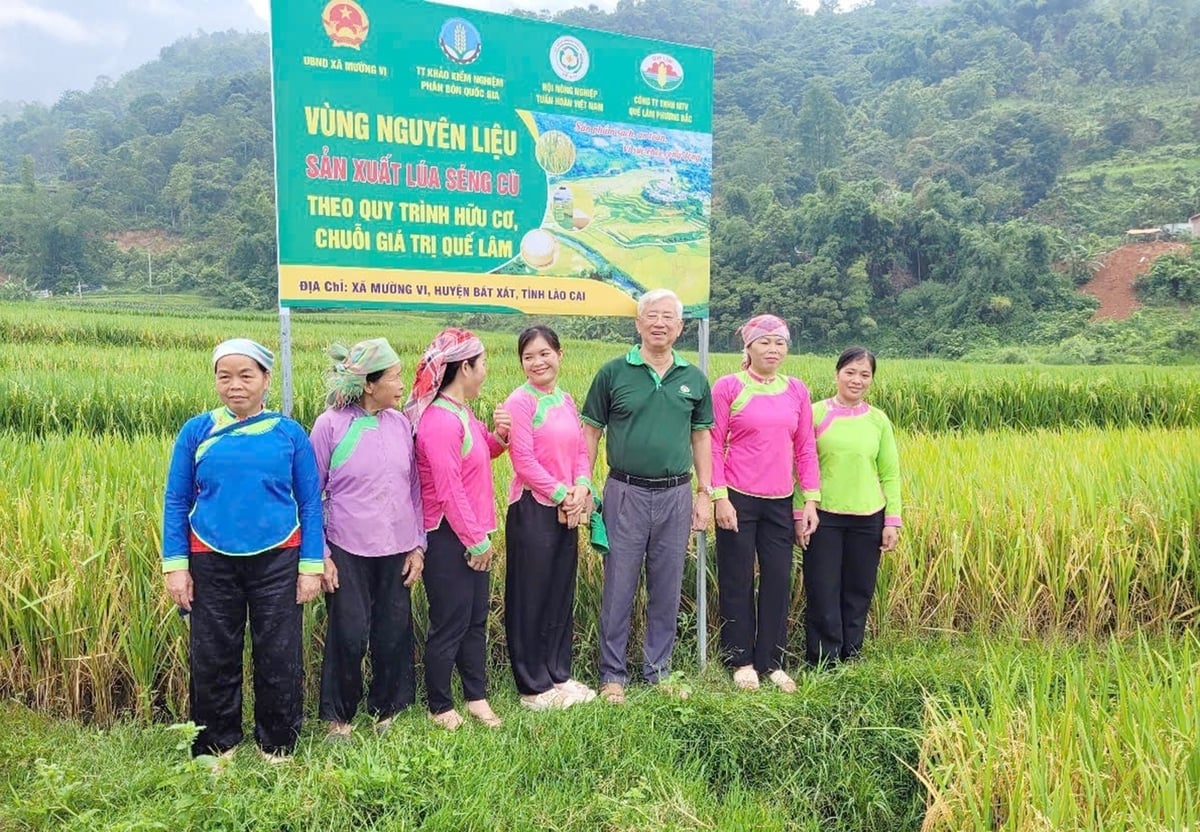
Ban Xeo becomes a "bright spot" in organically transforming highland fields in Lao Cai. Photo: Bich Hop.
Ms. Ban Thanh Thao, Secretary of the Ban Xeo Commune Party Committee, shared that the Seng Cu organic rice model has a huge ripple effect. People from neighboring communes such as Bat Xat, Den Sang, etc. have proactively come to visit and learn. The most noticeable thing is that the field environment is cleaner, and people no longer depend on chemicals. This is a safe production direction, in line with the green agriculture trend that we are encouraging to apply.
Reducing greenhouse gas emissions - Towards a green agriculture for Lao Cai
Unlike traditional farming methods that rely heavily on chemical fertilizers, the organic rice model in Ban Xeo uses entirely organic microbial fertilizers. This type of fertilizer contains many beneficial microorganisms that can decompose organic matter, stimulate the activity of soil microorganisms and improve soil structure.
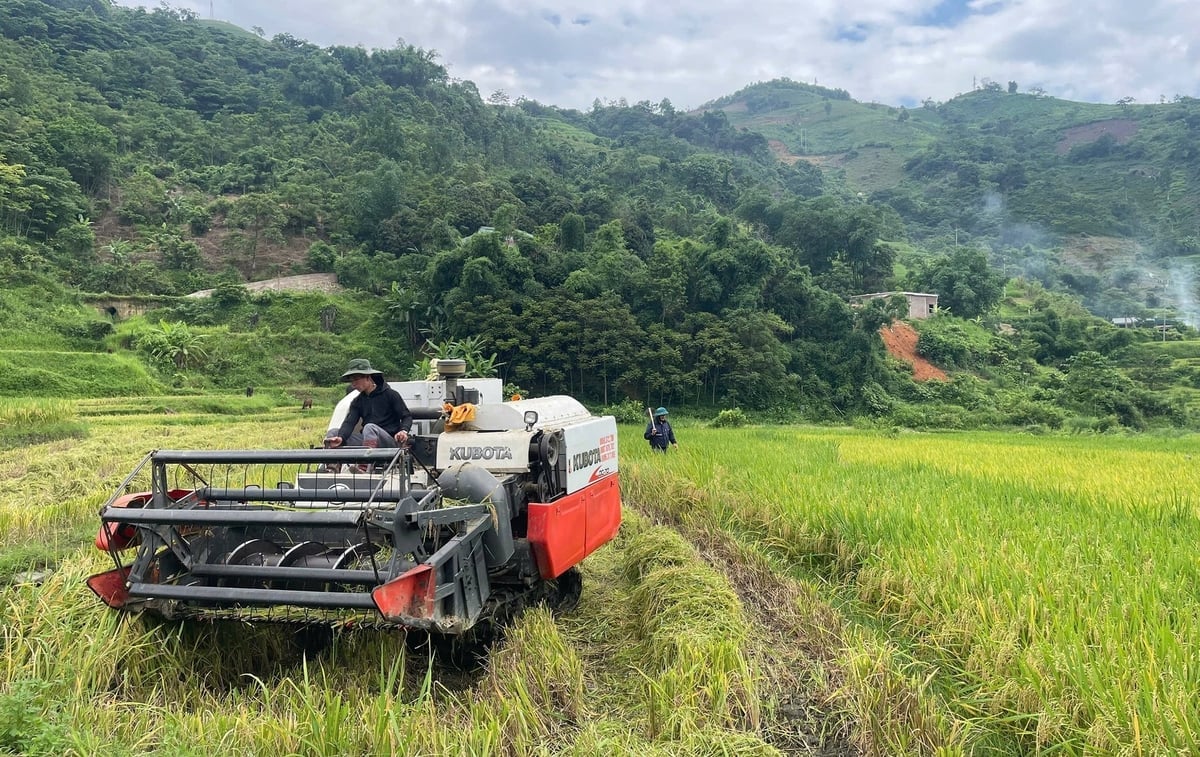
People in Ban Xeo, Lao Cai choose to grow rice by preserving the land and the green environment. Photo: Bich Hop.
Mr. Tran Minh Ngoc, Deputy Director of Que Lam Phuong Bac Company, added that if the process is followed correctly, the amount of methane in organic fields will decrease significantly. The important thing is healthy soil, healthy roots, healthy plants, the longer organic farming is done, the more effective it is. One of the reasons that helped the model quickly come into practice is the close coordination between people, businesses and the government with the unity from policy to implementation, which helped the implementation not overlap.

The “three no’s” of not using chemical fertilizers, herbicides, or toxic pesticides in organic rice cultivation have brought about effective results in reducing greenhouse gas emissions in Ban Xeo, Lao Cai. Photo: Bich Hop.
Source: https://nongnghiepmoitruong.vn/trong-lua-huu-co-giam-phat-thai-o-xa-vung-cao-ban-xeo-d784547.html



![[Photo] President Luong Cuong receives President of the Senate of the Czech Republic Milos Vystrcil](/_next/image?url=https%3A%2F%2Fvphoto.vietnam.vn%2Fthumb%2F1200x675%2Fvietnam%2Fresource%2FIMAGE%2F2025%2F11%2F20%2F1763629737266_ndo_br_1-jpg.webp&w=3840&q=75)


![[Photo] Lam Dong: Panoramic view of Lien Khuong waterfall rolling like never before](/_next/image?url=https%3A%2F%2Fvphoto.vietnam.vn%2Fthumb%2F1200x675%2Fvietnam%2Fresource%2FIMAGE%2F2025%2F11%2F20%2F1763633331783_lk7-jpg.webp&w=3840&q=75)
![[Photo] National Assembly Chairman Tran Thanh Man holds talks with South Korean National Assembly Chairman Woo Won Shik](/_next/image?url=https%3A%2F%2Fvphoto.vietnam.vn%2Fthumb%2F1200x675%2Fvietnam%2Fresource%2FIMAGE%2F2025%2F11%2F20%2F1763629724919_hq-5175-jpg.webp&w=3840&q=75)


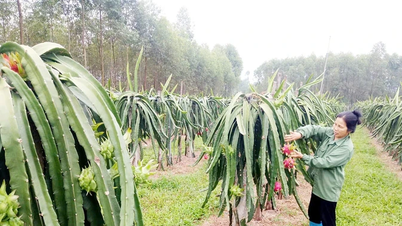









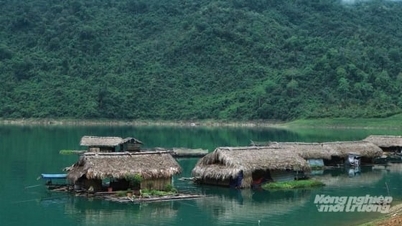

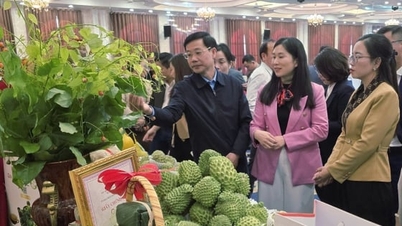

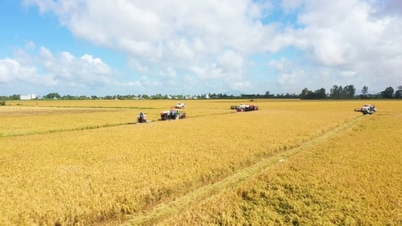
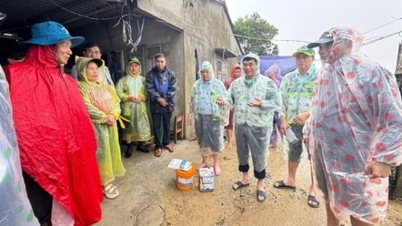





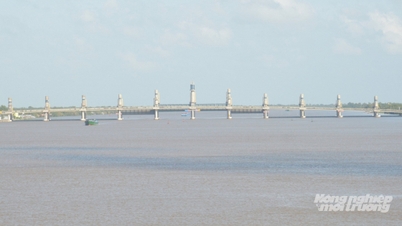
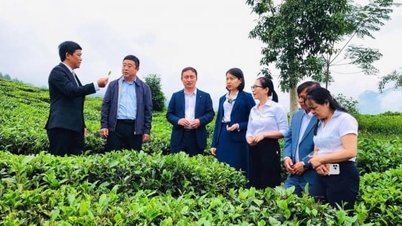


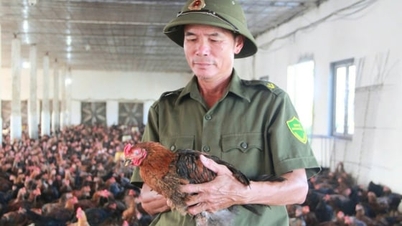




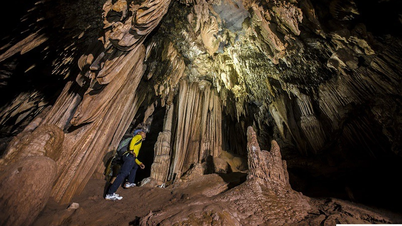

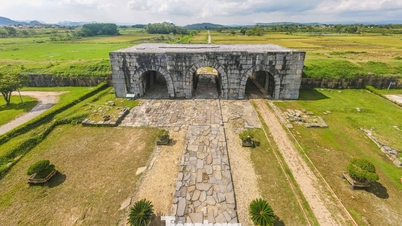

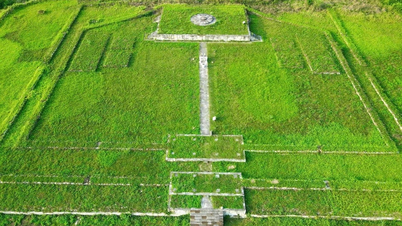


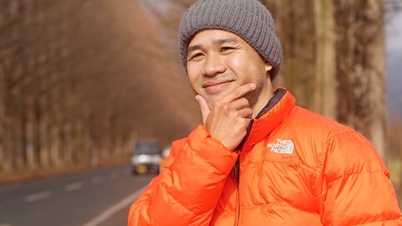


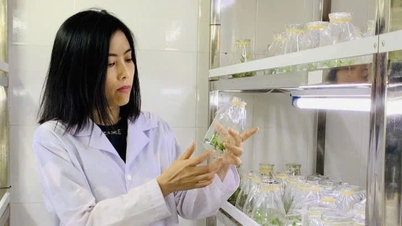

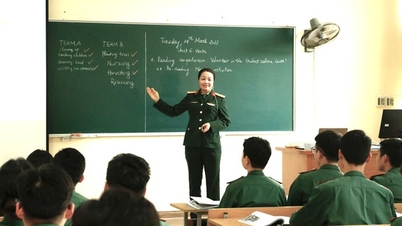



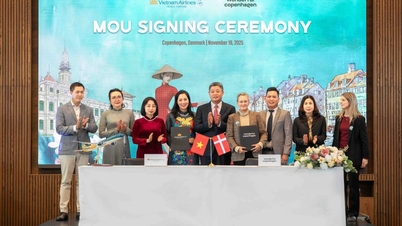





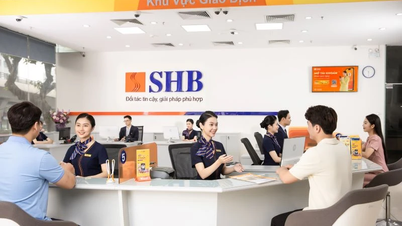









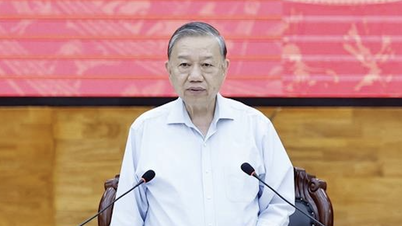


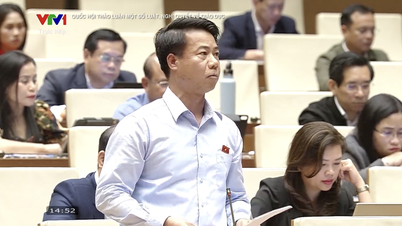



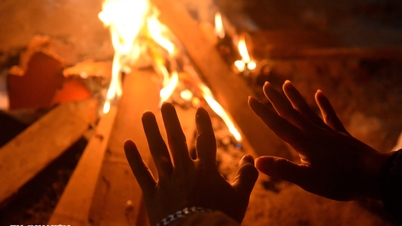
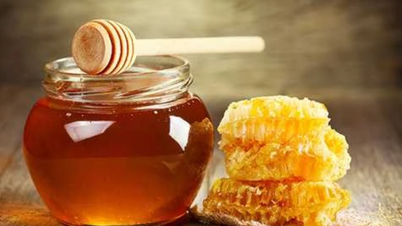

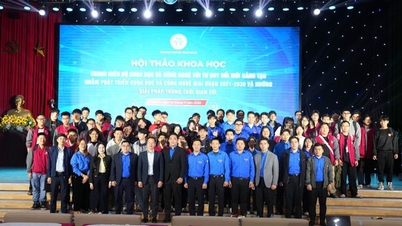

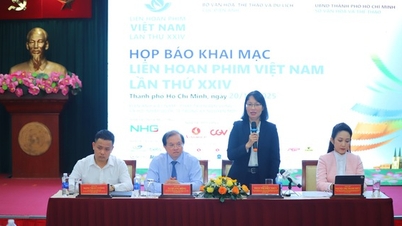


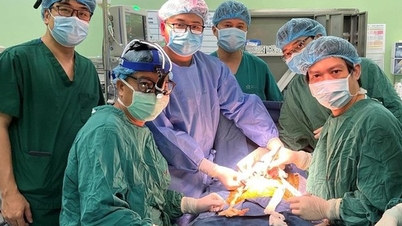

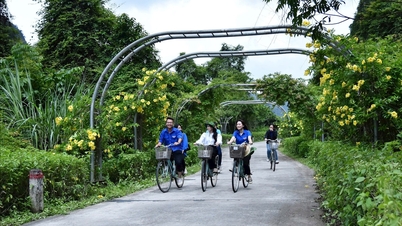

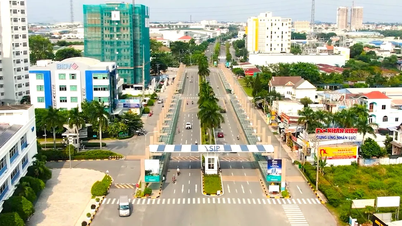

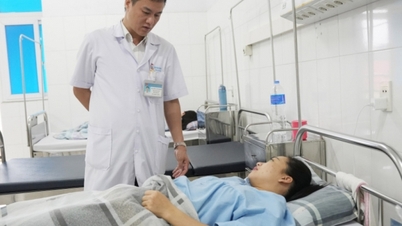
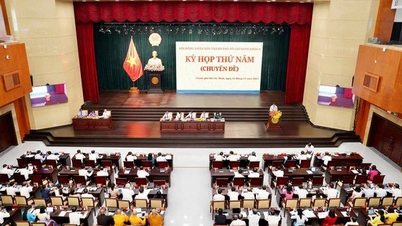

















Comment (0)